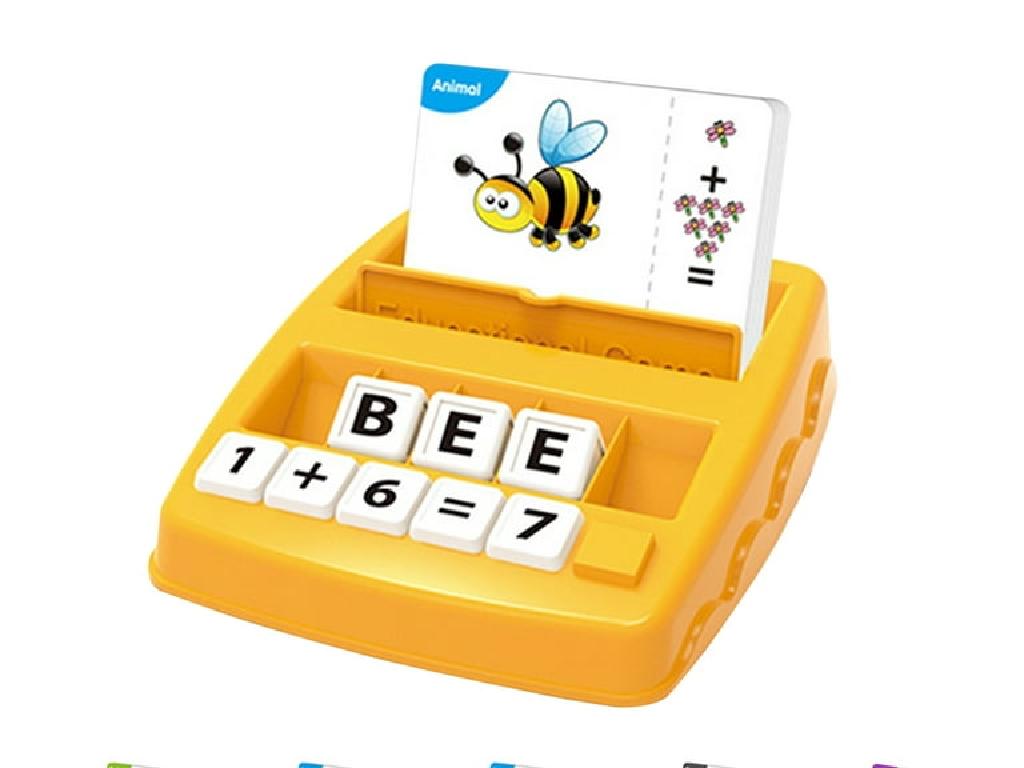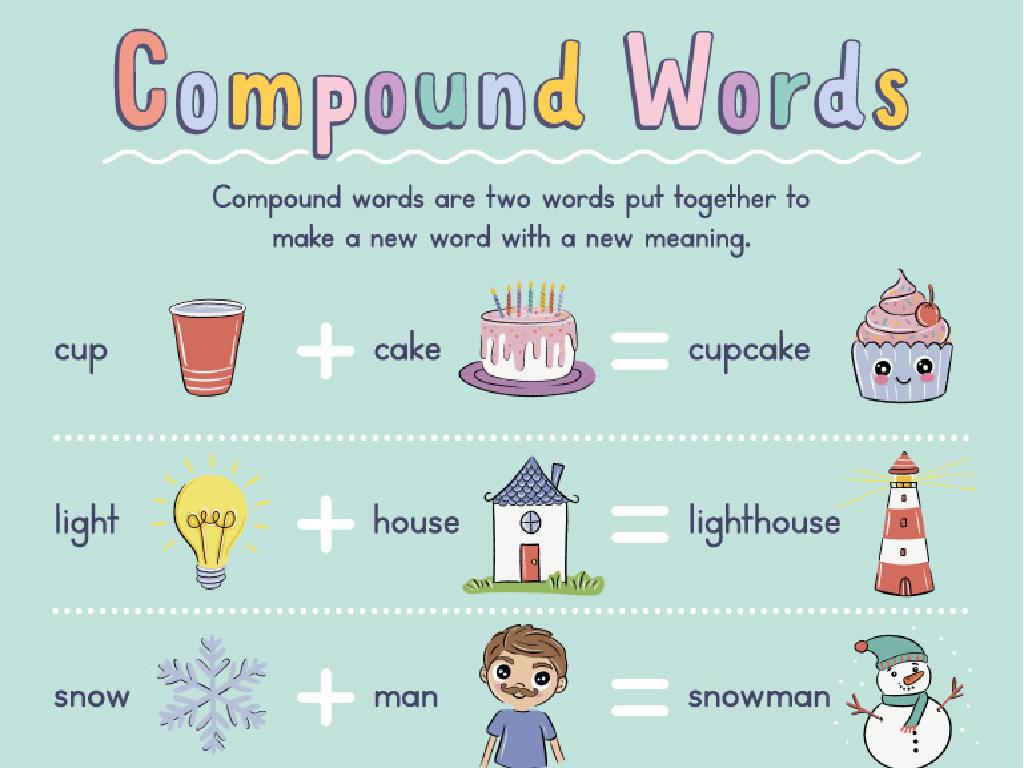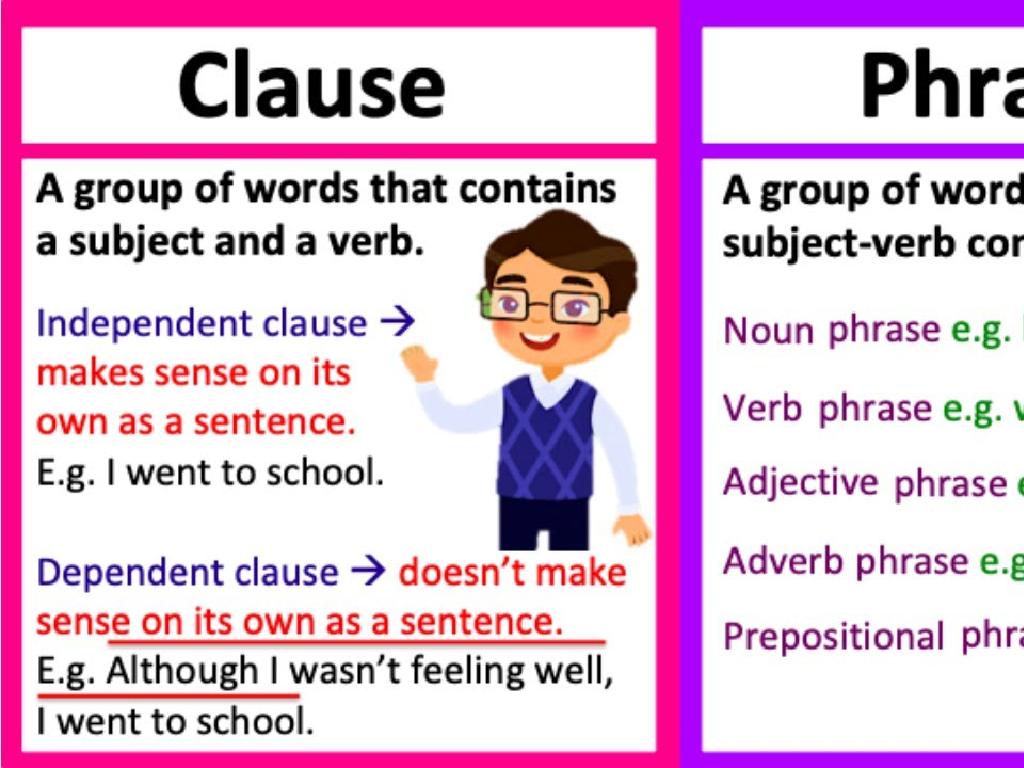Divisibility Rules
Subject: Math
Grade: Fifth grade
Topic: Factors, Multiples, And Divisibility
Please LOG IN to download the presentation. Access is available to registered users only.
View More Content
Introduction to Divisibility
– What is divisibility?
– Divisibility means a number can be divided by another without a remainder.
– Exploring factors and multiples
– Factors are numbers we can multiply to get another number; multiples are what we get after multiplying.
– The usefulness of divisibility rules
– They help us quickly determine if numbers can be divided without doing long division.
– Practice with simple examples
– Let’s try using rules for 2, 5, and 10 with numbers like 20, 25, and 50.
|
This slide introduces the concept of divisibility, which is fundamental in understanding arithmetic operations. Divisibility refers to the ability to divide one number by another without leaving a remainder. Factors and multiples are building blocks for this concept; factors go into numbers, while multiples come from multiplying numbers. Divisibility rules are shortcuts that help us quickly determine if one number can be divided by another, which is especially useful in simplifying fractions and finding common denominators. Provide students with easy examples to apply these rules, such as determining if 20 is divisible by 2, 5, and 10, to build their confidence before moving on to more complex numbers.
Divisibility Rules for 2, 5, and 10
– Divisible by 2: ends in 0, 2, 4, 6, 8
– Example: 14, 22, 36 are divisible by 2
– Divisible by 5: ends in 0 or 5
– Example: 25, 40, 65 are divisible by 5
– Divisible by 10: ends in 0
– Example: 30, 70, 100 are divisible by 10
– Practice with examples
|
This slide introduces the basic divisibility rules for 2, 5, and 10, which are foundational for understanding number patterns and properties. The rules are simple and based on the last digit of the number. For divisibility by 2, any number that ends with an even digit is divisible by 2. For divisibility by 5, the number must end in either 0 or 5. And for divisibility by 10, the number must end in 0. To reinforce these concepts, provide students with a set of numbers and have them apply these rules to determine divisibility. Encourage them to explain their reasoning for each example to ensure comprehension.
Divisibility by 3 and 9
– Rule for divisibility by 3
– Add up digits; if sum is divisible by 3, so is the number. E.g., 123: 1+2+3=6, 6/3=2
– Rule for divisibility by 9
– Add up digits; if sum is divisible by 9, so is the number. E.g., 738: 7+3+8=18, 18/9=2
– Practice with examples
– Class activity: Let’s try together
– We’ll solve examples as a class to reinforce the rules
|
This slide introduces the divisibility rules for 3 and 9, which are fundamental concepts in understanding number properties. Start by explaining that divisibility rules help us quickly determine if one number can be divided by another without a remainder. For the rule of 3, demonstrate with an example like 123, showing that the sum of its digits is 6, which is divisible by 3, hence 123 is also divisible by 3. Similarly, for the rule of 9, use an example like 738. After explaining the rules, engage the class with a few practice problems, asking them to apply these rules to new numbers. This interactive activity will help solidify their understanding and make the learning process enjoyable.
Divisibility by 4 and 6
– Rule for divisibility by 4
– If a number’s last two digits are divisible by 4, so is the whole number. Example: 312 is divisible by 4 because 12 is divisible by 4.
– Rule for divisibility by 6
– A number divisible by both 2 and 3 is also divisible by 6. Example: 24 is divisible by 2 (even) and 3 (sum of digits is 6), so it’s divisible by 6.
– Group practice activity
– Work in small groups to apply these rules and find numbers divisible by 4 and 6.
|
This slide introduces the divisibility rules for 4 and 6, which are crucial for understanding number patterns. For the rule of 4, emphasize checking the last two digits only, which simplifies the process. For the rule of 6, reinforce the concept that a number must meet both divisibility criteria for 2 (even number) and 3 (sum of digits divisible by 3). During group practice, provide students with a list of numbers and have them work together to identify which are divisible by 4, 6, or both. Possible activities include: sorting numbers, creating a divisibility rule chart, or playing a divisibility rule game.
Divisibility by 7, 8, and 12
– Tricks for divisibility by 7
– Divisibility by 8: last three digits
– If 456 is at the end of a number, it’s divisible by 8
– Divisibility by 12: use 3 and 4
– A number like 216 is divisible by 3 (2+1+6=9) and 4 (last two digits 16 is divisible by 4)
– Practice with divisibility puzzles
– Solve problems to apply these rules
|
This slide introduces students to the more complex rules of divisibility, specifically for the numbers 7, 8, and 12. While there is no simple rule for 7, we can use specific tricks that will be demonstrated in class. For 8, a number is divisible if its last three digits form a number that is divisible by 8. For 12, a number is divisible by 12 if it is divisible by both 3 and 4. To ensure understanding, students will engage in puzzles that require them to apply these rules. The activity will help solidify their learning and provide a fun way to practice divisibility. Prepare several examples and puzzles for the students to solve, and encourage them to explain their reasoning for each solution.
Mastering Divisibility Rules
– How to test for divisibility
– Use simple tests to see if numbers can be divided without a remainder
– Divisibility rules in problem-solving
– Apply rules to figure out factors and multiples
– Practice time with examples
– We’ll try dividing numbers by 2, 3, 5, and 10
– Checking numbers as a class
|
This slide introduces students to the concept of divisibility and how to apply divisibility rules to determine if one number is divisible by another without performing the actual division. Start by explaining that divisibility rules are shortcuts that help us quickly determine if numbers can be divided evenly. For example, a number is divisible by 2 if it ends in an even number, and by 5 if it ends in 0 or 5. During practice time, provide students with a range of numbers and guide them through the process of checking divisibility using these rules. Encourage participation and assist students in applying the rules to solve problems. This interactive session will help solidify their understanding and prepare them for more complex divisibility challenges.
Class Activity: Divisibility Challenge
– Find divisible numbers in groups
– Look for numbers divisible by 2, 3, 4, 5, 6, 9, 10, and 12
– Present your group’s numbers
– Discuss patterns and discoveries
– Share any sequences or trends observed
– Reflect on the divisibility rules
– How do these rules make finding factors easier?
|
This activity is designed to reinforce the concept of divisibility by having students work in groups to find numbers that are divisible by the given divisors. Provide each group with a set of numbers or have them choose their own. Encourage them to use divisibility rules to determine if a number is divisible by 2 (even numbers), 3 (sum of digits divisible by 3), 4 (last two digits form a number divisible by 4), and so on. After the activity, facilitate a discussion where students can present their findings and talk about any patterns they noticed, such as the relationship between divisibility by 2 and 4 or 3 and 9. This will help them understand how divisibility rules can simplify the process of finding factors and multiples. Possible activities for different groups could include creating a poster with their divisible numbers, writing the rules in their own words, or explaining why a number is or isn’t divisible by a certain divisor.
Divisibility Rules: Recap and Homework
– Recap of divisibility rules
– Importance of these rules
– Helps quickly determine factors of numbers
– Homework: Practice with 10 numbers
– Find 10 numbers and list their divisors
– Be ready to discuss your findings
|
As we conclude, remind students of the key divisibility rules we’ve learned for 2, 3, 5, and 10. Emphasize how these rules simplify finding factors and understanding multiplication and division. For homework, students should find 10 numbers and write down their divisibility by 2, 3, 5, and 10. This will help reinforce their understanding and provide practical application of the rules. In the next class, we’ll review their findings, which will help them see patterns and become more comfortable with the concept of divisibility.






